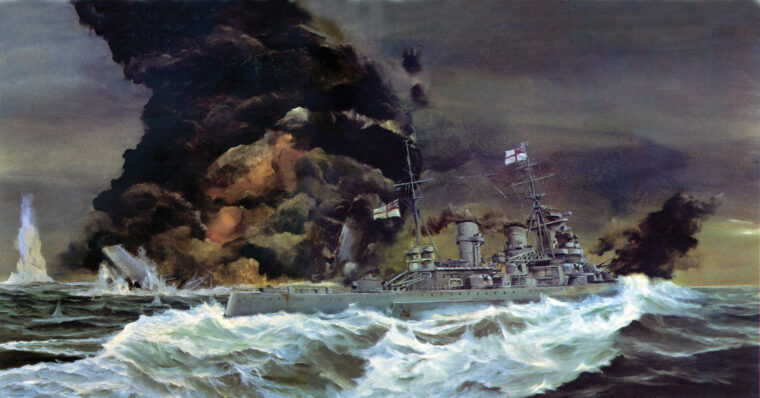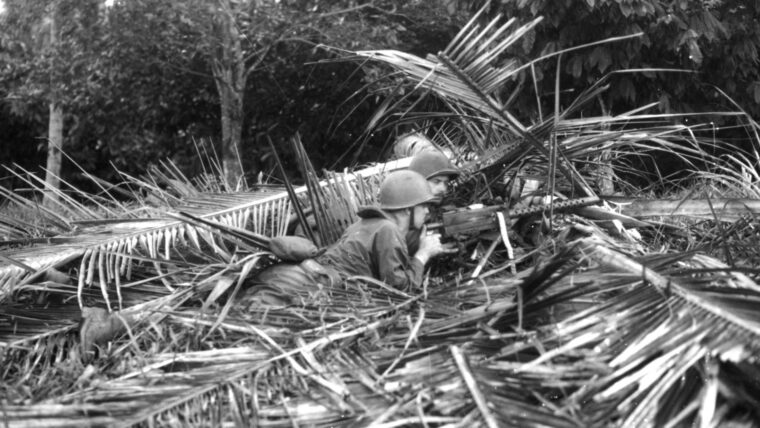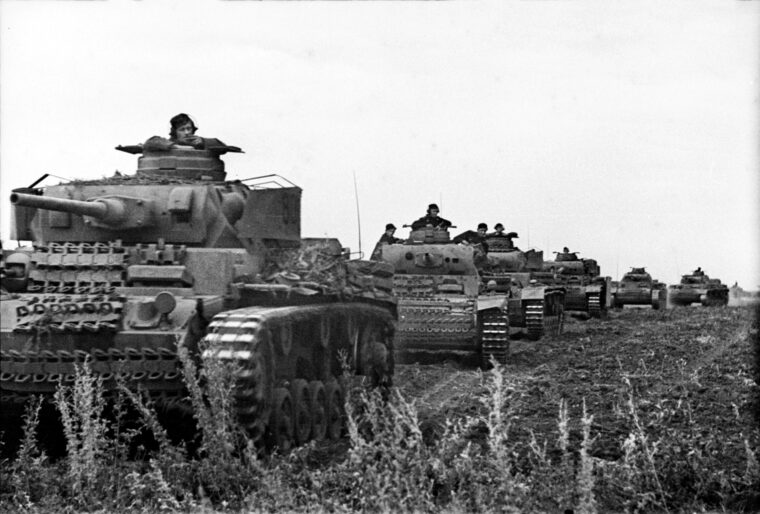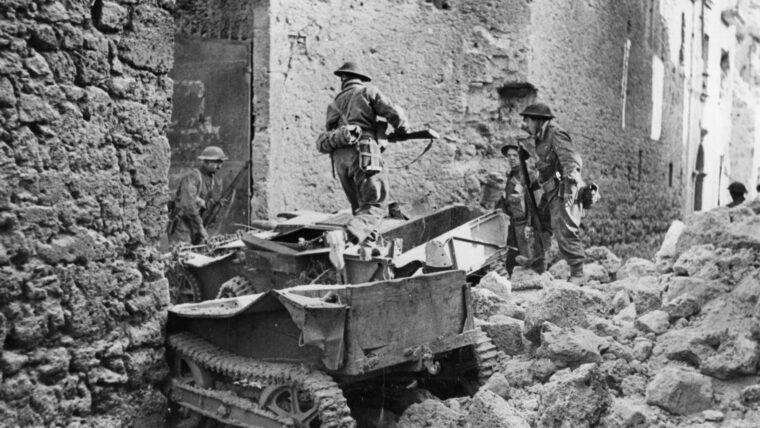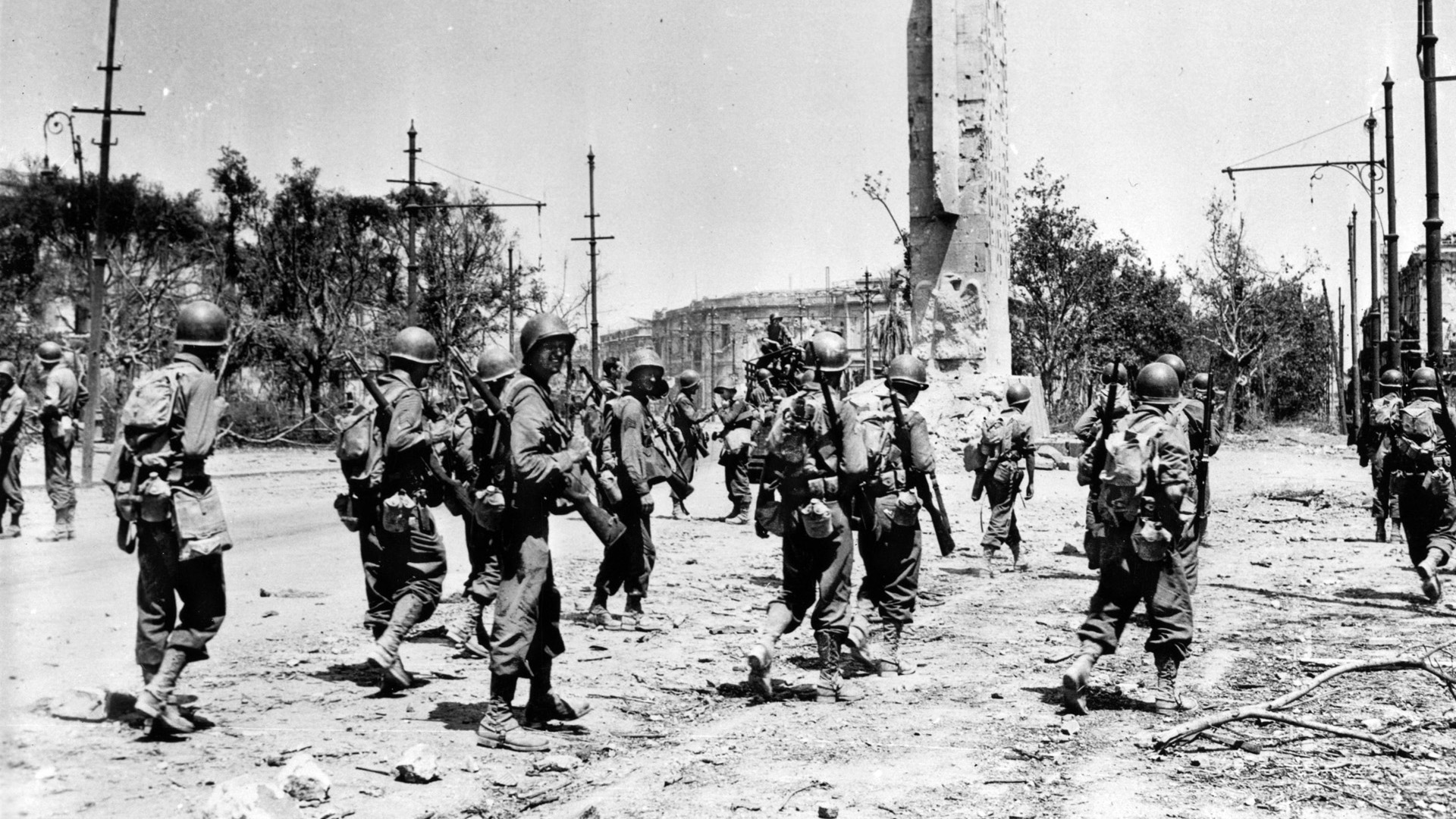
WWII
Suppressing the E-boats
By Phil ZimmerA wily British scientist, a secret weapon, and a daring daytime Bombing raid helped break the back of the deadly German E-boat attacks on the Allied ships that supported the early D-Day landings at Normandy. Read more







